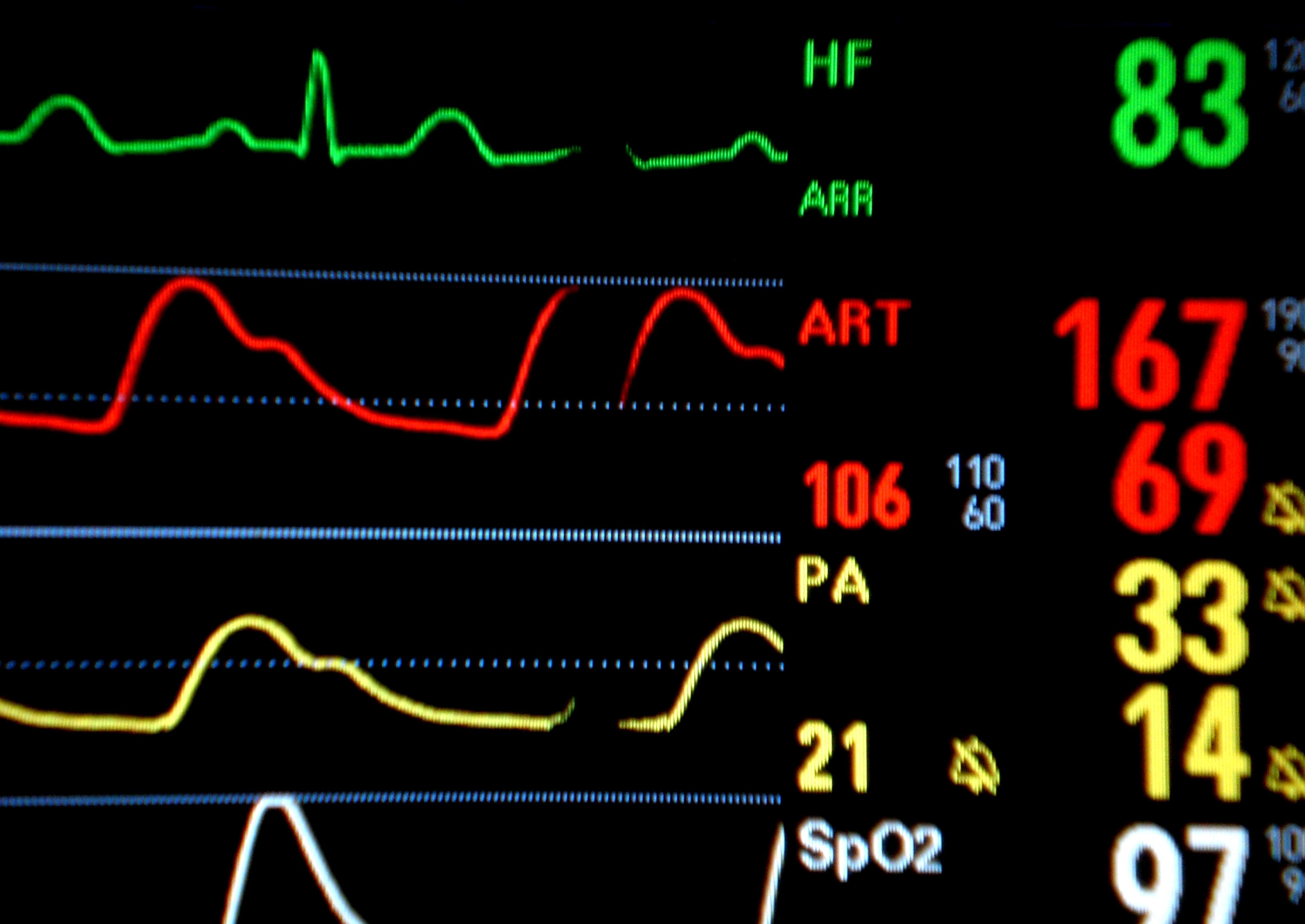
WEDNESDAY, July 21 (HealthDay News) — Eight of nine male infants born with so-called “Bubble Boy” disease were still alive and well nine years after they underwent gene therapy, French researchers report.
Up to 11 years after the therapy, most patients had normal T-cell levels and were able to lead normal lives, including attending regular schools. Their weight and height were not stunted, as is usually the case with this condition.
But the gains did not come without a price. Almost half of the participants in the study developed acute leukemia after the therapy. Three survived, while one died.
Still, said William J. Bowers, an associate professor of neurology at the University of Rochester Medical Center in New York, “this is a very substantial advance.”
And, he added, since these procedures were performed (between 1999 and 2002), additional advances have been made in terms of the virus vectors used to insert the corrected genes which, once tested in patients, could reduce the risk of cancer.
The virus vector used in this trial inadvertently activated an oncogene, which led to the development of the leukemia.
“Bubble Boy” disease, known as X-linked severe combined immunodeficiency (SCID-X1), occurs in at least one in every 50,000 to 100,000 newborns, according to the National Institutes of Health.
It’s caused by mutations in the IL2RG gene, which interferes with the normal production of immune system cells known as lymphocytes.
Boys with the condition — only boys inherit the gene — have no T-cells and so are unable to fight off infections.
The first treatment of choice for these patients is a bone marrow or cord blood transplant, but that requires a matched donor and can involve serious complications.
The nine boys in this study — who had a median age of 7 months at the time they received the corrected gene — were not eligible for transplants because no good matches were available.
Researchers removed CD34+ cells, a type of stem cell found in the bone marrow, added a corrected gene, then reinserted them into the respective patients, all of whom were placed in isolation.
The patients were able to leave the isolation unit 45 to 90 days after the procedure, and none developed any severe infections, although all did get Varicella zoster virus (which causes chicken pox). The infection wasn’t severe enough to require hospitalization.
Some of the patients also had chronic rhinitis (runny nose) and two patients developed warts, though these subsequently went away.
The most serious side effect was the development of T-cell acute lymphoblastic leukemia in three patients, one of whom died. The other three successfully underwent chemotherapy.
Participants all had healthy T-cells up to 11 years after the initial therapy.
“I think the field of gene therapy is starting to see clinical successes and is going to go forward fairly rapidly,” Bowers said.
The study appears in the July 22 issue of the New England Journal of Medicine.
More information
Visit the National Library of Medicine for more on this condition.

